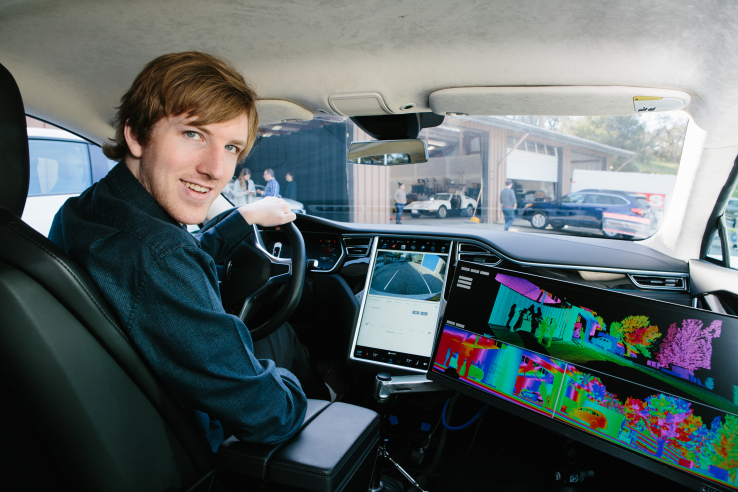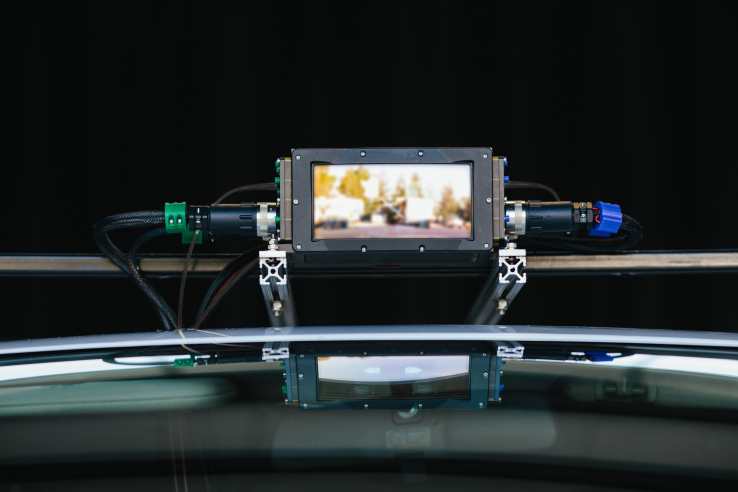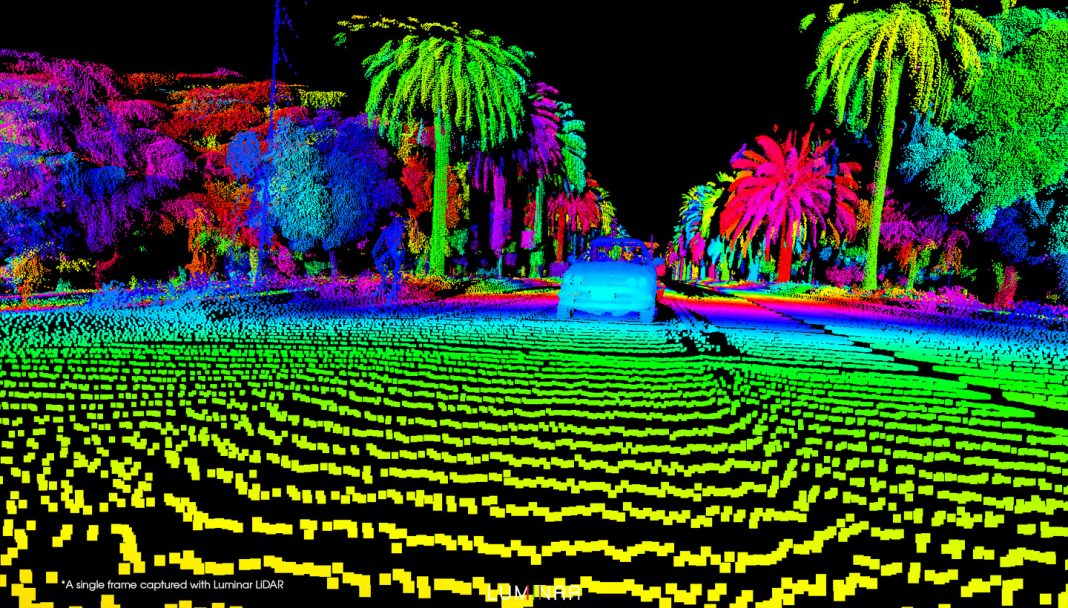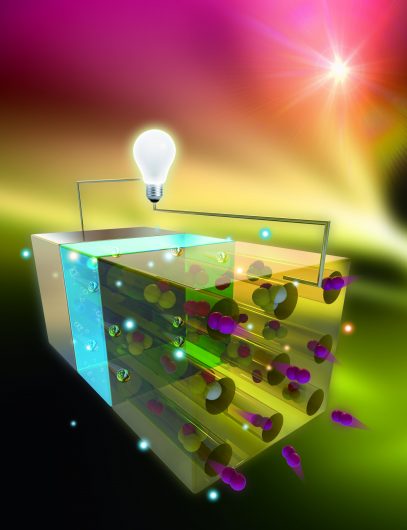LIDAR’s are light detection and ranging systems that are used in autonomous cars to help them sense what’s around them and avoid obstacles, whether it’s a person running across the road, a falling tree, or a drunk driver. A new startup company called Luminar Technologies Inc. has been working on their LIDAR sensor for the past five years now. That may seem like a long time, but the company has built their system from scratch, right from the lasers to the chips, to the packaging.
The $36 million raised so far in seed funding has come from various investors including Canvas Ventures, GVA Capital, and the 1517 Fund. Austin Russell is the company’s CEO and co-founder, and he feels that the company’s LIDAR system allows cars to see obstacles much clearer and at distances much farther than any other system out there. These systems are also very robust working in adverse weather conditions including fog and dust.

Other companies offering LIDAR for self-driving vehicles include Waymo, Velodyne, and Quanergy but Russell is adamant his system will beat all others regarding performance, and he’s quite a force to be reckoned with. By the age of two, Russell had already memorized the periodic table, wrote his first patent at twelve, and later left Stamford with a $100,000 Thiel Fellowship. Unlike most LIDAR makers Russell doesn’t concern himself with trying to make the LIDAR more affordable. Instead, he focuses on building a higher performing sensor, regardless of the cost.
During a demonstration of its LIDAR systems at San Francisco’s Pier 35, the company bought vehicles from Mercedes-Benz, BMW, Tesla, and others and installed their sensors in them. The Luminar system demonstrated excellent capabilities, as expected. It clearly showed a cyclist weaving in and out of traffic 100 meters away, a small pigeon scurrying about 40 meters away, and a black-painted canvas at the end of the pier, about 200 meters away. Other LIDAR makers did not perform quite as well, achieving only a 35 to 50-meter visibility range.

The way in which LIDAR works is by sending beams of light out that bounce back and generate data points that make up the car’s surroundings including the distance and density of objects ahead. Pumping out millions of laser pulses per second, Luminar’s LIDAR gives the vehicle a 120-degree range of view. “If you notice, a lot of self-driving vehicles are limited to operating at or below 25 miles per hour. These are things like delivery robots or robots used in warehouses. We can see objects at 200 meters while driving 75 mph. That means you have about 7 seconds of time for your car to react. Other LIDARs only give one second of reaction time.,” said Russell.
Now that these systems are finally ready to go on the market, the company is hopeful they will become key players in the automotive industry. And, it looks as though those dreams may come true as car companies have already offered to buy up all Luminar’s LIDARs it produces in its first year, regardless of price! Investor Rebecca Lynn, a partner at Canvas VC, is convinced, and she says, “LIDAR will be able to save more lives than any technology being developed today, from genomics to AI. Many things will make our lives easier or better. But looking at tech that can truly save lives, it is autonomous driving. And you cannot have fully safe autonomous driving without LIDAR.”
More News to Read











